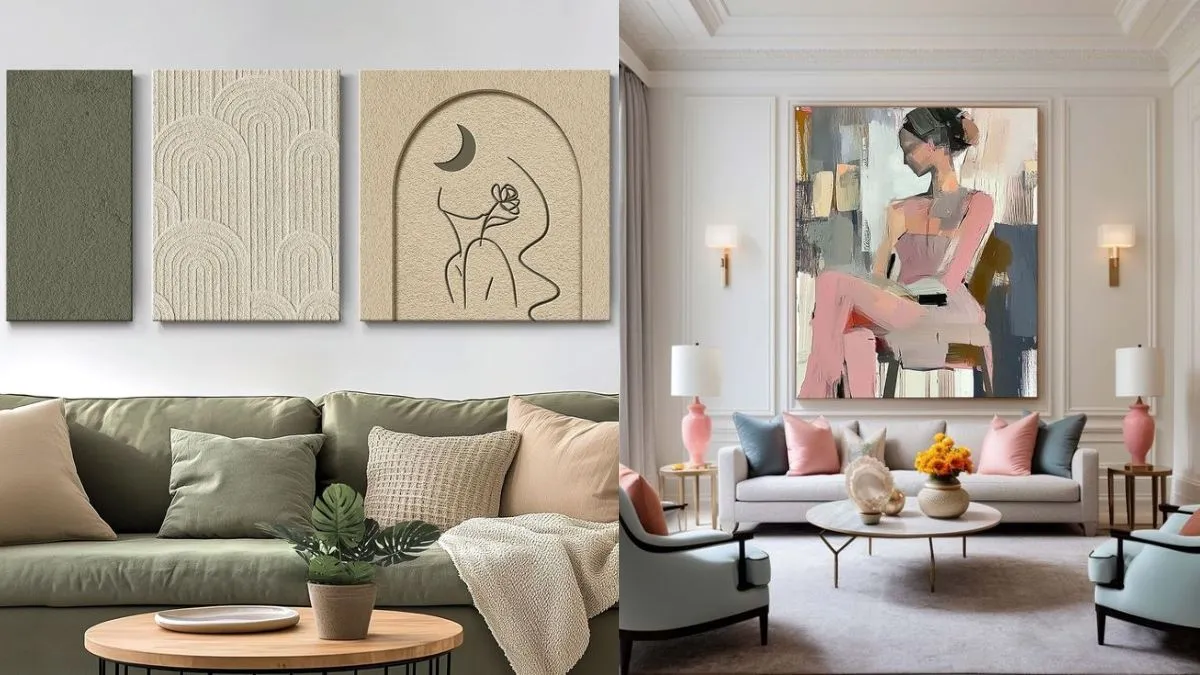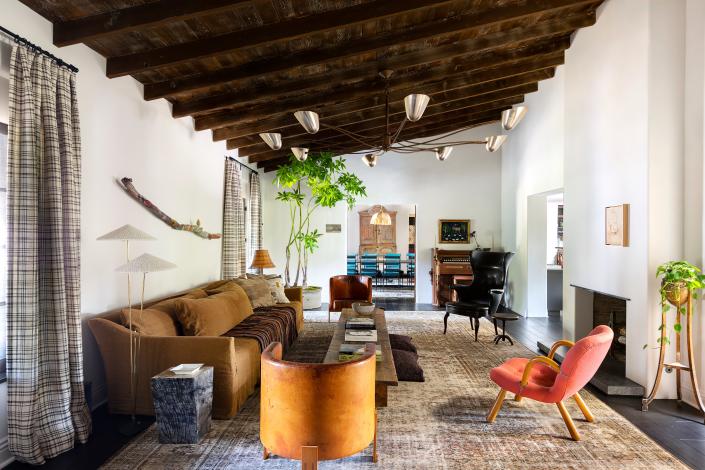Choosing the right white paint is no simple black-and-white matter. We talked to paint and interior design experts to help you choose the best white paint for your home.
If you think white paint is a “seen one, seen ’em all” kind of matter, then you clearly haven’t seen the dizzying array of white paint colors available at the paint store. That includes the many different colors of interior paint and exterior paint, not to mention the finishes you can choose from. Those effectively multiply your number of white paint choices, because one shade of white may work for your living room in satin but not in eggshell, while another may sparkle in semi-gloss but fall flat in matte finish.
Because there are dozens of different shades of white paint that, if used wrong, can wreak havoc on the aesthetics of a space, we turned to the experts to help you find the best white paint colors and to help you decide which rooms can benefit from all white walls; when white paint should be reserved for trim, moldings, and doors; and when you should call in the experts to help you choose between a creamy white and a clean white.
In fact, before talking about choosing a shade of white, let’s address when and when not to use it at all.
When is white paint a good idea?
Before you think about finding the right shade of white paint for a room, you need to think of the room itself. Deirdre McGettrick, home expert and cofounder and CEO of ufurnish.com says: “If you are considering painting a room in your home white, there are a couple of things you need to consider before you choose the right shade. Firstly, you need to think about the position of the room and the light that it is going to get. Generally, a north-facing room will get less light, so the room will appear cooler, whereas a south-facing room will normally get a lot of light for the majority of the day, making the room appear much warmer. Because of this, you want to figure out how you want the room to feel.”
Consider the other colors that will fill the space.
Photo: Laure Joliet
Though the perfect white paint color might look great in your dining room when it’s empty, think about what the space will look like when it is full. “The second thing you need to consider is your furniture and furnishings. What are you putting in this room?” McGettrick adds. “What color woods, fabrics, and soft furnishings? These will all influence the shade of white you should choose.”
Got that? Lots of natural light means a warm room, so more of a cool white may be merited. Less sunlight means a room with a cooler feel, so, per McGettrick, a “warmer-toned white” may be a good idea. And opting for a color instead of white may even be a better idea in cooler-light spaces.
Lane Ball, director of marketing at Zibra, says “Although white is likely the most popular color for painting an interior room, it can be one of the most challenging in arriving at the right shade for your space. A few things to consider when embarking on this decision is the mood of the room you are seeking to create, the lighting of the room—natural and artificial—and the sheen.”
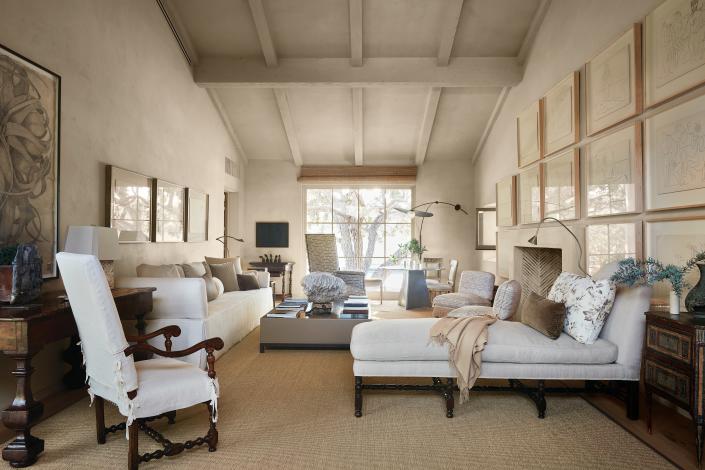
Natural light can affect the appearance of the shade of white you choose.
Photo: Laura Resen
Playing it safe, a bright shade of white paint is a good wall color choice for hallways, stairways, basements, bathrooms, and other spaces that don’t get as much natural light, and white almost always works for doors and trim, even when the walls may be dark or color-rich. If you’re choosing white paint not merely based on the logistics of lighting or the space in the home—which is to say you’re treating white paint as a true color, not just as an achromatic pigmented liquid—then we have to go deeper than describing it as warm or cold.
How to choose the right color of white paint
When considering a shade of white paint, design, and color expert Donald Kaufman advises you to do just that: Think about a shade on its own merits. “The first mistake to avoid is getting caught up on the name of the color or holding the whites against other colors,” Kaufman says. Think about how the white paint will look in the space and when contrasted with the furniture, flooring, artwork, and other objects and surfaces in the room; don’t think about Chantilly Lace compared to Swiss Coffee compared to Alabaster and so on, in other words.
Instead of comparing apples to apples like that, pick a few colors of white paint that you like of their own accord, giving them as much consideration as you would a shade of dark navy blue, soft dusty rose, or a dramatic burnt sienna, and then bring those colors into the space, first in the form of a paint swatch, and then with an actual painted patch. And don’t worry, you don’t need to paint the walls.
“Remember that any accent colors you currently have in your room and the warm natural lighting from windows can change white dramatically,” Ball says. “Because of these variables, we recommend grabbing a large sheet of sturdy illustration board or foam board minimally 3/8″ thick and painting each of your paint selections on the full test boards. Make sure you paint with the appropriate sheen. Once your test boards are dry, position them throughout the room at different times of the day. This will give you the most accurate representation without having to paint your walls.”
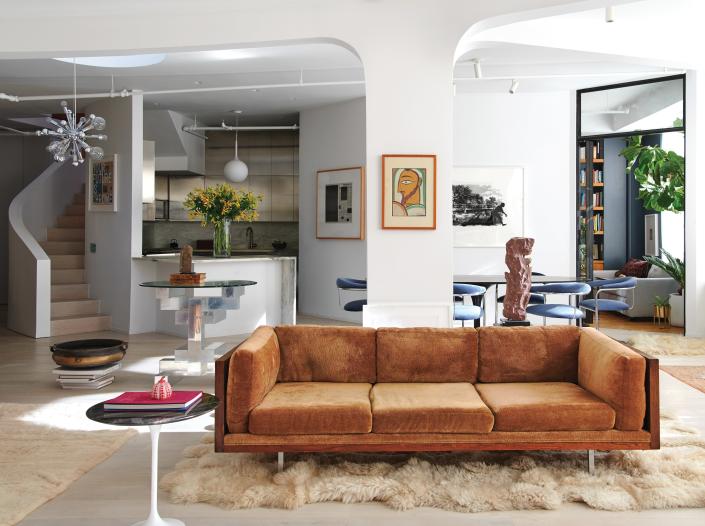
Treating white like a color means considering the undertones and other colors that can get mixed in.
Photo: Jason Schmidt
And mind the other colors that sneak into whites; Tracy McLaughlin, real estate agent in Marin County, California, says: “Oftentimes, people select whites that have either far too much yellow mixed in or, at the opposite problem, too much gray or black mixed in. When too much yellow is mixed in, the room lacks the needed ‘crispness’ to showcase it as updated. At the opposite end of the spectrum is when there is too much gray mixed into the white, resulting in it feeling ‘hospital-like.’ That color is very, very off-putting. It makes everything feel stark and cold. It also doesn’t make the room’s occupants feel attractive.” If you’re unsure if your white paint has a yellow undertone or too much greige, you can always ask the friendly folks at the paint store about the mix or use the paint sample tip above to make sure you’re not missing anything in different lighting.
Frequently asked questions about white paint
We’ve covered everything from how to choose and use the best white paint, some mistakes to avoid, and some tips for how to use the very versatile color, but based on our research, many people still have plenty of white paint questions. So we’ve rounded up and covered plenty of those to close the paint talk out.
Which rooms best benefit from white paint?
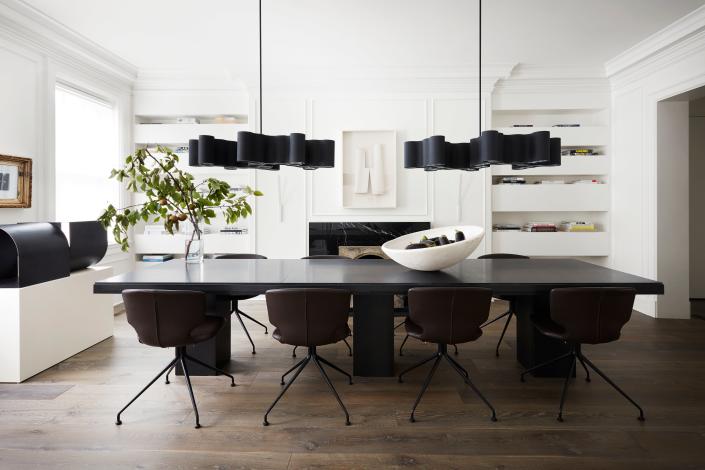
When in doubt, ask the professionals.
Photo: Frank Frances
The answer is that any room can look great in white. “I like to do the entire home in a white and then add a gloss to the window frames,” McLaughlin says. “I think that every room in the house should go white with some walls accented with either a beautiful textured wallpaper or shiplap walls or other mixed design.”
What white paint is best for walls?
McLaughlin says: “I love Simply White,” but she doesn’t stop with walls, adding: “Currently I am painting all surfaces the same color white for consistency in the design of the homes that I prepare for the market. I love the final product of moldings, ceiling, walls, and trim all being the same color white. It is so fresh and also makes the space feel like it was just built.”
What is the most common white paint?
Based on the deep dives we did preparing for this article, it seems that, above all others, Sherwin-Williams Pure White, a.k.a. SW 7005, is the most popular color of white paint right now. Close runners-up include Benjamin Moore’s Paper White, or OC-55; BEHR’s Polar Bear 75; and Decorator’s White is a perennial classic.
What to do if you’re stuck between different white paints?
Trust the experts. “I have seen so many of my clients over the years rushing on the decision of the ‘right white’ for their homes, and ultimately [they] end up repainting them once they get a designer involved,” McLaughlin says. “This is something that one should not try on their own unless they really understand spaces, design, and how that color will affect all design choices going forward, like fabrics, wall coverings, and accessories.”
What is a pure white paint?
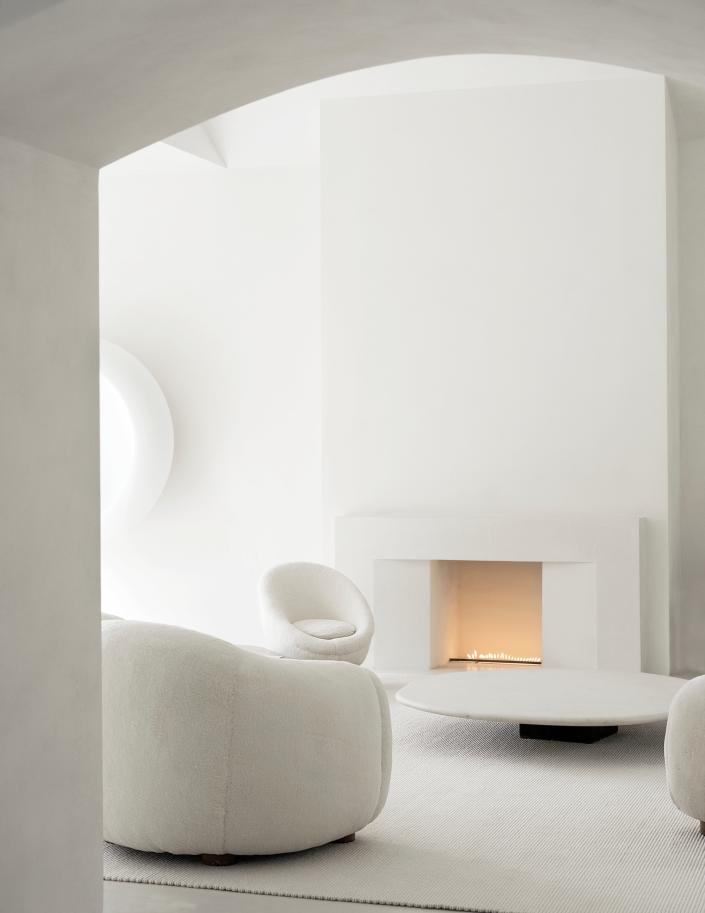
Consider location, light, and furnishings before committing to a pure white.
Photo: Jackie Nickerson
Long story short, a pure white paint does not show its undertones. It is as truly neutral as can be but is not exceedingly “bright” in color, as that brightness can actually come from a touch of yellow added to the mix; the faintest hint of this pigmentation softens the starkness without adding any true color.
Is white paint back in style?
Oh, it certainly is. In fact, colored paint is out. “I would not advise any of my clients to paint walls in saturated color,” McLaughlin says. “Let saturated color be showcased through accessories like pillows or perhaps a very current wallpaper, but not through paint colors.” White is never really out of style, but it can be very much in, and its in moment is now.
Originally Appeared on Architectural Digest
More Great Stories From AD It Yourself




